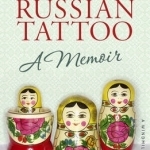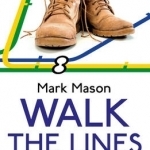
Russian Tattoo
Book
SHORTLISTED FOR THE WILLIAM SAROYAN INTERNATIONAL PRIZE FOR WRITING. "Incredibly powerful ...by the...

The Economist newspaper
News and Magazines & Newspapers
App
A smart guide to the forces that shape the future, readers can access their essential global...

The Economist: News & Politics
News and Magazines & Newspapers
App
A smart guide to the forces that shape the future, readers can access their essential global...

The Economist: Global News
News and Magazines & Newspapers
App
A smart guide to the forces that shape the future, readers can access their essential global...

The Economist: News & Culture
News and Magazines & Newspapers
App
A smart guide to the forces that shape the future, readers can access their essential global...

The Economist magazine
News and Magazines & Newspapers
App
A smart guide to the forces that shape the future, readers can access their essential global...

The Economist: Business & News
News and Magazines & Newspapers
App
A smart guide to the forces that shape the future, readers can access their essential global...

The Economist: Politics & News
News and Magazines & Newspapers
App
A smart guide to the forces that shape the future, readers can access their essential global...

Walk the Lines: The London Underground, Overground
Book
The only way to truly discover a city, they say, is on foot. Taking this to extremes, Mark Mason...

Panzer Commander: The Memoirs of Hans von Luck
Hans von Luck and Regina von Luck
Book
Panzer Commander is one of the classic memoirs of the Second World War. A professional soldier, Hans...